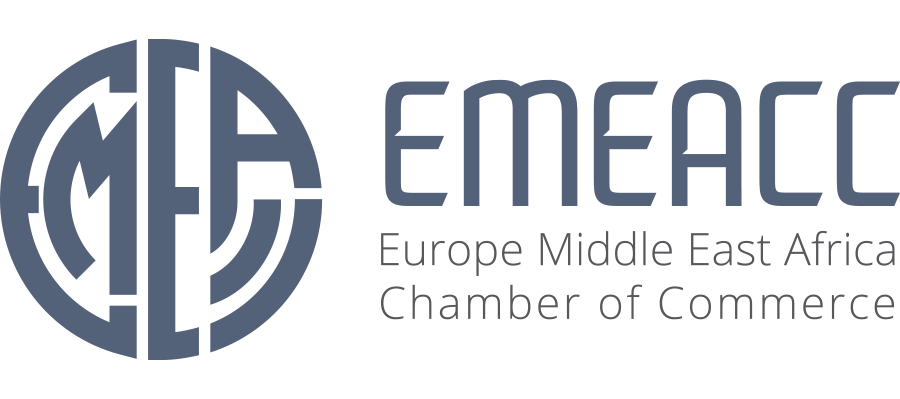VDRs support a variety of business processes and are an essential tool for companies that handle sensitive information. They should be considered part of a larger data security strategy that includes regular assessments of risk and training, incident management plans, regular monitoring and the introduction of robust technical controls.
The primary reason to implement the use of a vdr would be to protect confidential business documents during transactions. A business conducting due diligence in connection with a merger and acquisition will seek to make it as simple for the prospective buyer of the documents to examine the documents without worrying about theft or misuse. However, the need for speedy and secure document sharing could be triggered in a variety of situations for example, when legal counsel require access to company records, auditors need access to audit reports, or when a remote board member is looking to review important documentation.
Data security features in vdrs include access control, encryption mechanisms, and audit trails to help ensure compliance with standards for regulatory compliance such as GDPR. In addition, a number of VDRs have features like dynamic watermarking that overlays confidential documents with visible or invisible markers that can be tracked if the document is leaked outside the VDR.
In the event of an incident the detailed logs a vdr can store can be helpful with forensic investigations. They can also assist companies understand what data was affected and how the breach happened. Additionally the auditing capabilities of a vdr can provide insights into areas http://digitalcloudroom.com/what-is-the-best-type-of-data-room-for-me/ where further improvement may be required.
